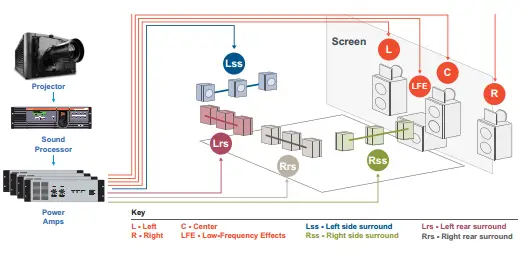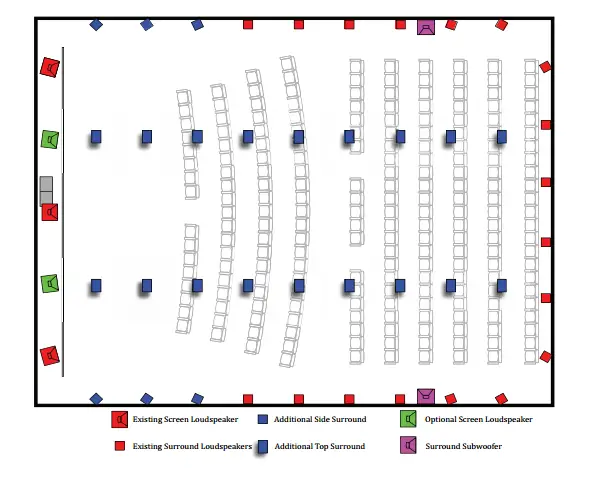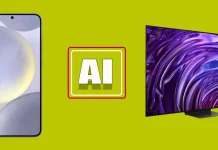Dolby has been a leader in audio and video technology for decades, consistently gaining attention with their innovative products. Their advancements have become essential in various fields, from cinema to home entertainment. One of their key innovations is Dolby Atmos technology.
What is Dolby Atmos?
Dolby Atmos is a sound processing technology designed to create the most realistic sound environment possible. This technology is based on the concept of “sound objects”—individual sounds that can be precisely placed anywhere in three-dimensional space, including above the listener. This allows for a fully immersive experience, as if the sounds are occurring all around and above, creating a real audio movie experience in your home.
Originally introduced in 2012 in movie theaters, Dolby Atmos has since become available for residential use. Today, it is supported by a wide range of devices, including soundbars, AV receivers, and TVs, making it accessible to many users.
Advantages of Dolby Atmos Over Traditional Systems
Traditional sound systems, like 5.1 and 7.1 setups, rely on fixed channels that distribute sound in specific directions. For example, front, side, and rear speakers work together to create a surround effect, but they are limited by their static sound distribution.
In contrast, Dolby Atmos introduces dynamic surround sound by supporting up to 128 sound objects, each of which can be independently placed and moved in space. The inclusion of ceiling speakers or specialized reflectors helps create a vertical surround effect. This effect is particularly noticeable in scenes with flying helicopters or falling rain, where the sounds appear to envelop the listener.
Applications of the Technology in Various Spheres
Dolby Atmos is not limited to movie theaters; it is also widely used in the music industry, video games, and streaming platforms. Services like Netflix, Disney+, and Amazon Prime Video offer numerous movies and TV shows that support this format, enhancing the viewing experience.
Music albums recorded in Dolby Atmos allow listeners to hear every detail as if they were in the studio with the artists. Game developers utilize this technology to make gameplay more engaging, enabling players to accurately pinpoint the direction of sounds—such as footsteps or approaching danger.
Using Dolby Atmos at Home
Despite advertising efforts and the availability of movies with Dolby Atmos codecs, achieving this sound quality at home can be challenging. To experience Dolby Atmos at its best, you need an appropriate speaker system. Just because a speaker claims to support Dolby Atmos doesn’t guarantee exceptional sound quality.
The main issue is that achieving this audio fidelity often requires a specially designed room, essentially creating a mini theater in your home. You also need a speaker system that includes multidirectional speakers, which are necessary to capture sounds bouncing off the ceiling. Even with all the right equipment, the sound quality at home will not match that of a commercial theater; while it will be significantly improved, it may still fall short of the cinematic experience.








